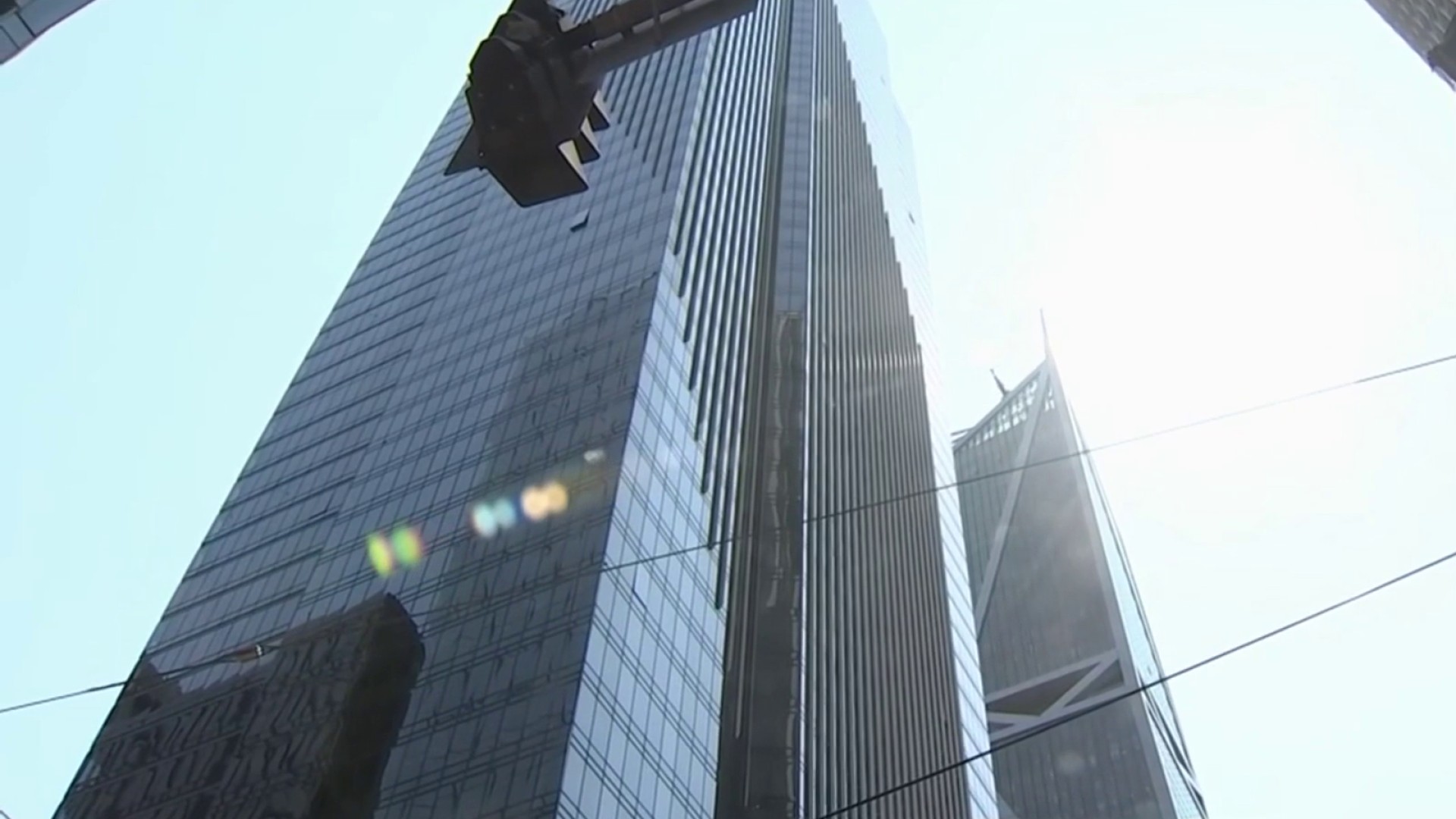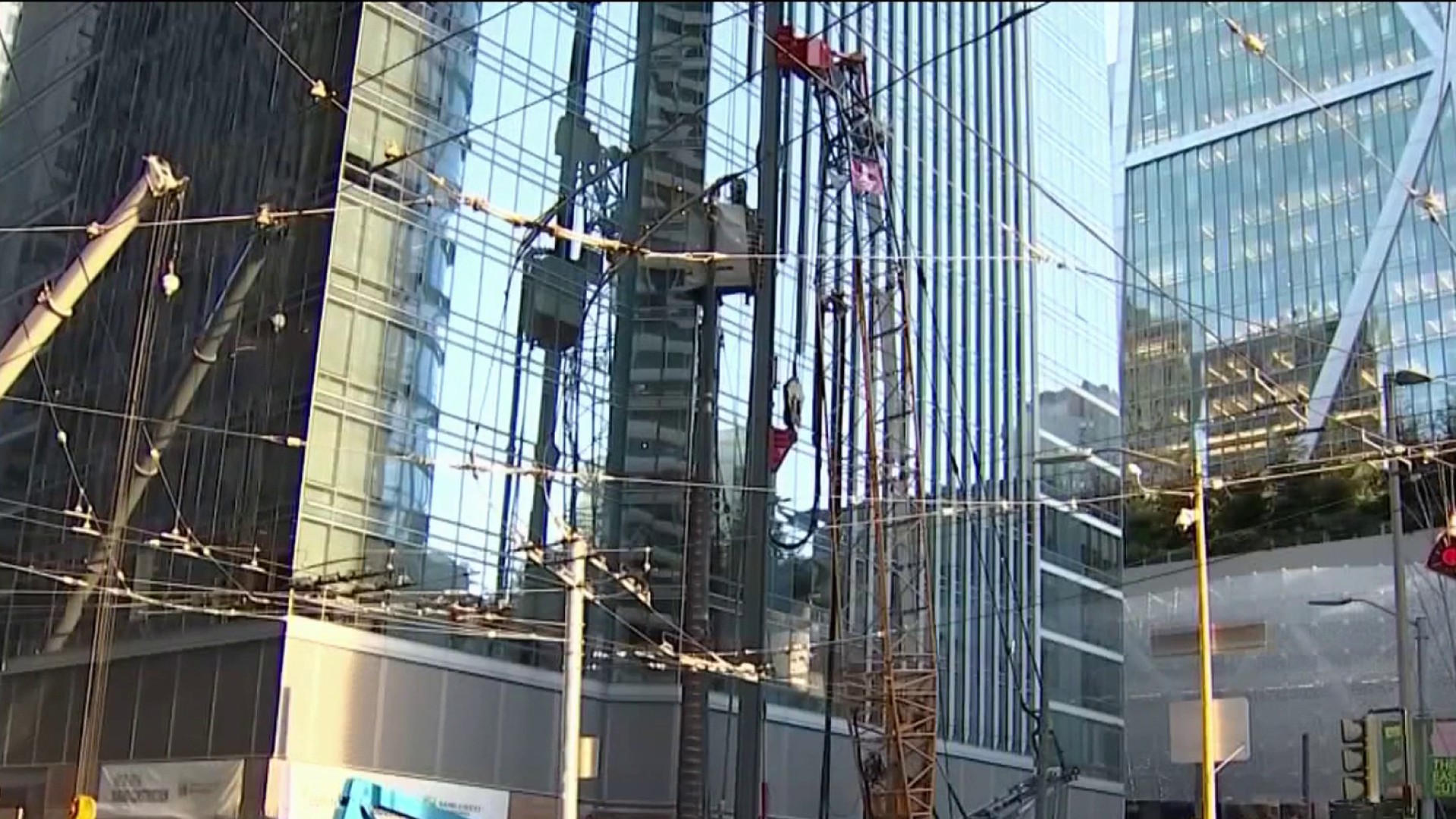A project protocol some experts say could have helped prevent further settlement of the troubled Millennium tower was not heeded when crews installed support piles last summer, documents reviewed by NBC Bay Area’s Investigative Unit indicate.
Drilling logs of the August installation of the first six piles down to bedrock on Fremont Street indicate tons of soil were sucked out from beneath the high-rise, according to an outside expert’s analysis provided to the city.
Under project specifications, the workers were supposed to quickly inject concrete grout after drilling. The process is intended to help fill any voids created during the drilling process.
Get a weekly recap of the latest San Francisco Bay Area housing news. Sign up for NBC Bay Area’s Housing Deconstructed newsletter.
But according to the log of contacts between Millennium fix engineers and the city’s design and engineering review panel, the drilling logs reflect a “1 to 4 day gap” between drilling and grout installation. The review panel warned fix engineers in November that the gap “is not in conformance” with the project specifications.
While Millennium fix officials discounted the issue to authorities, some outside experts say such delays in grouting could very well explain the comparatively rapid settlement and tilting that occurred during pile installation in August.
“It's never a good thing,” said veteran engineer David Williams about the delay between drilling and grouting to seal off pile installations. “As a foundation person, whether it's structural or technical, that's not good.”
The risk of such a delay is that the ground can give way in voids created by digging down deep in the earth, causing accelerated settlement, Williams said, adding that the danger is of “collapse of soils locally under piles” and a “general collapse of the foundation -- it's very disconcerting.”
City Supervisor Aaron Peskin said he intends to ask about the grout issue during a hearing slated for Thursday.
“I want this building to be made safe,” Peskin said, adding that the new issue comes as he is already skeptical about the viability of the current plan to cut the total support piles from 52 to 18. “I am not a structural engineer or a geotechnical engineer, but I am surrounded by folks who are giving me expert advice,” he said. “They are very concerned.”
City officials said Wednesday that while the engineering review panel has not closed the matter, the panel is satisfied “with the (Millennium Fix) design team’s rationale that the timing of the grout placement is not as critical with the full-encased pile drilling procedure.”
Documents show the Millennium fix engineers told the panel the drilling procedures had evolved over time and “although it is desirable to minimize the time between completion of the drilling and placement of the grout, the amount of time that transpires before placement of the grout is not considered to be a significant factor in the expected performance of the piles.”



